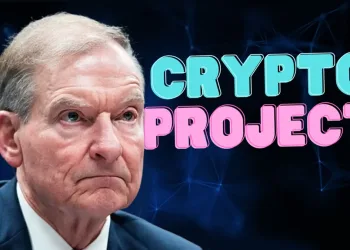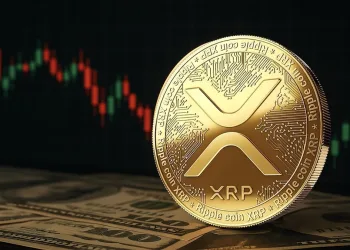- Trump’s softer stance on Powell eased investor fears and lifted equity index futures.
- Legal ambiguity clouds Trump’s ability to remove Powell despite past aggressive claims.
- Economic uncertainty lingers as rate cuts loom and tariff risks spark stagflation fears.
Donald Trump’s evolving stance on Federal Reserve Chair Jerome Powell has tempered market fears about a potential leadership shake-up. According to Polymarket data, market recently cut the odds of Powell’s removal in 2025 to 14%, reflecting a sharp 9% drop.
This shift came as Trump walked back earlier threats to fire the central bank chief, signaling a more measured approach to monetary policy disputes. Investors welcomed the change, sparking a nearly 2% jump in equity index futures as concerns over Fed independence eased.
Trump’s softened tone followed a turbulent period of market anxiety. Over the Easter weekend, he criticized Powell for not cutting interest rates quickly enough. These remarks shook investor confidence, fueling declines in stocks, Treasuries, and the dollar.
However, on Tuesday, Trump expressed no current intention to remove Powell, instead voicing hope that the Fed would act faster on rate reductions. Markets responded positively, interpreting the comments as a move away from confrontation.
Legal Gray Areas and Political Calculations
Although Trump has previously claimed he could fire Powell “real fast,” legal experts argue the issue is far from straightforward. Federal law permits the removal of Fed governors only for cause, which usually implies misconduct rather than policy disagreement. Yet, the law is less clear when it comes to the chair’s four-year term, leaving room for interpretation and legal contest.
Additionally, Trump’s recent court battles over removing officials from other independent agencies could set legal precedents. These cases are being watched closely by financial observers. Any outcome may influence whether future presidents could assert more control over the Fed without triggering constitutional concerns.
Economic Outlook Remains Uncertain
Despite easing tensions between the White House and the Fed, economic risks persist. The Fed has paused further rate changes since Trump’s return to office. However, expectations remain for at least three rate cuts later this year. Policymakers are navigating a tricky path. Tariffs could reignite inflation while also slowing growth, raising fears of stagflation.
Besides, the International Monetary Fund has revised its outlook for U.S. and global growth downward. Tariff policies remain a key reason. While employment and retail sales figures remain stable, consumer and business confidence is slipping fast.














